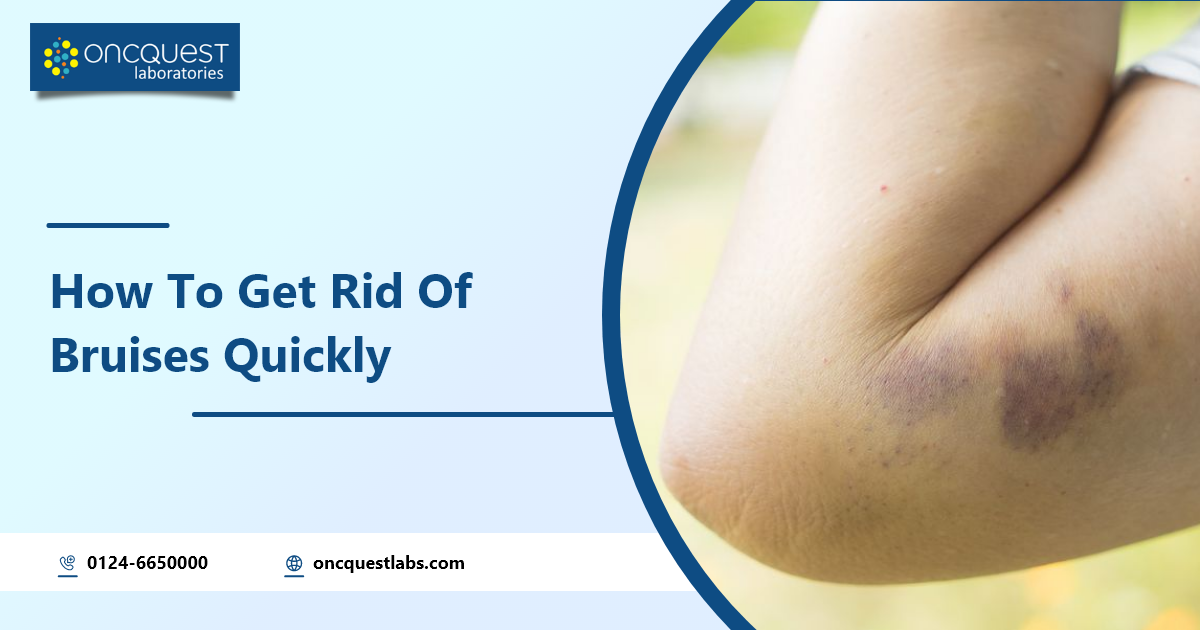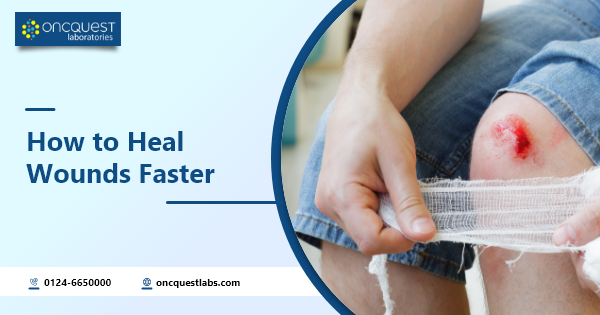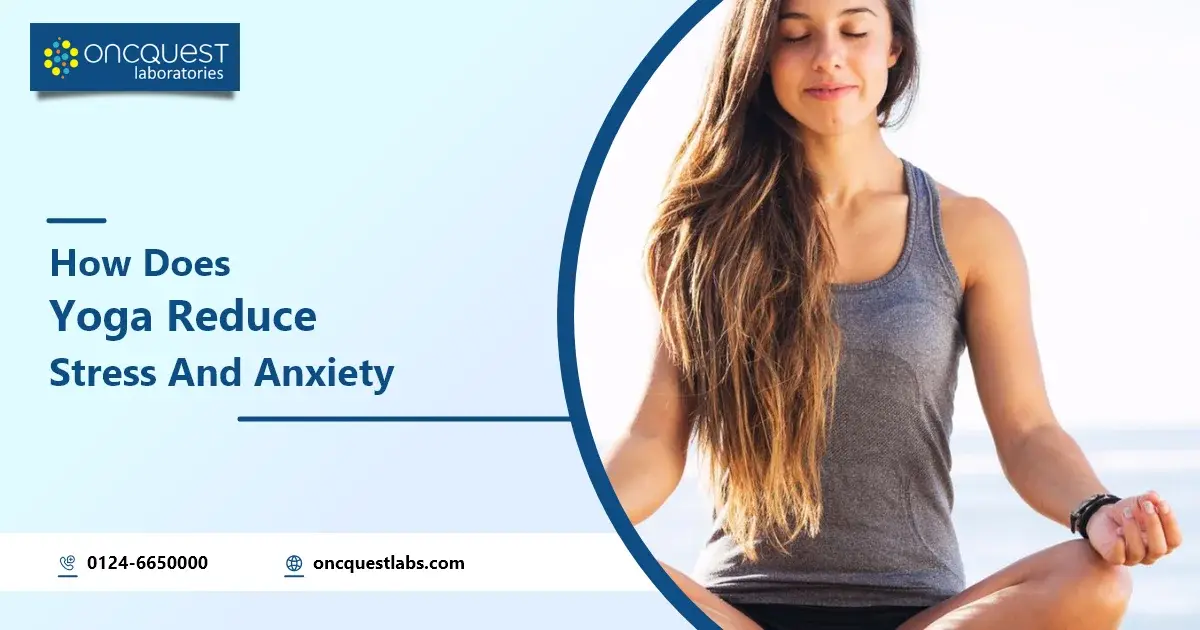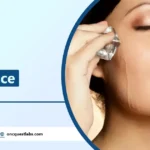Bruises, those unsightly marks that appear after an accidental bump or injury, can be a nuisance and often seem to linger longer than we’d like. Whether you’re gearing up for a special occasion or simply eager to expedite the healing process, the quest for a swift remedy is on. In this blog, we’ll explore practical and accessible ways to bid farewell to bruises, unveiling tips and tricks that may just be the key to a faster recovery. Say goodbye to those stubborn marks as we delve into a world of remedies designed to help you reclaim clear and unblemished skin in no time.
Contents
What are Bruises?
Bruises, medically known as contusions, are discolorations and tender areas on the skin that result from the breakage of small blood vessels beneath the skin. When an injury occurs, blood leaks into the surrounding tissue, causing the characteristic blue, purple, or blackish appearance. As the body begins to heal, the bruise typically changes color, eventually fading away. While bruises are usually harmless and heal on their own, understanding their nature can help in managing and accelerating the recovery process.
Types of Bruises
Bruises can vary in appearance and severity, and they are often categorized based on their characteristics. Here are some common types of bruises:
1. Subcutaneous Bruises: These are the most typical bruises that occur beneath the skin. They manifest as visible discolorations ranging from blue to purple and then yellow or green as they heal.
2. Intramuscular Bruises: When the injury extends to the muscle tissue, deeper bruises can occur. These may be more painful and take longer to heal compared to surface-level bruises.
3. Periorbital Bruises (Black Eye): Concentrated around the eye area, these bruises result from trauma to the face. They can lead to swelling and discoloration around the eyes.
4. Petechiae: These are tiny, pinpoint bruises caused by broken capillaries. They appear as red or purple dots and can be associated with more severe medical conditions.
5. Ecchymosis: This is a larger, more diffuse bruise that covers a wide area. It often occurs as a result of more significant trauma or injury.
Understanding the type of bruise can provide insights into its underlying cause and guide appropriate care and treatment.
Tips to Get Rid of Bruises Quickly
1. Cold Compress: Apply a cold compress or ice pack to the bruise for 15-20 minutes at a time. This helps constrict blood vessels, reducing blood flow to the bruised area and minimizing swelling.
2. Elevation: Elevate the affected area if possible, especially if the bruise is on a limb. This helps reduce swelling by promoting blood circulation away from the injured site.
3. Arnica Gel or Cream: Topical arnica products may help reduce inflammation and accelerate the healing of bruises. Apply as directed on the packaging.
4. Compression: Use a compression bandage to apply gentle pressure to the bruised area. This can help limit swelling and promote quicker recovery.
5. Vitamin K Cream: Vitamin K is believed to aid in the healing of bruises. Applying a vitamin K cream or ointment may contribute to a faster resolution of the discoloration.
6. Over-the-Counter Pain Relievers: Non-prescription pain relievers like ibuprofen or acetaminophen can help alleviate pain associated with bruises and reduce inflammation.
7. Gentle Massage: Once the initial swelling has subsided, gently massaging the bruised area may stimulate blood flow and promote the dispersal of trapped blood.
8. Healthy Diet: Ensure you have a balanced diet rich in vitamins and minerals, especially vitamin C and zinc, which are crucial for collagen production and tissue repair.
Remember, individual responses may vary, and it’s essential to consult with a healthcare professional for severe or persistent bruises, especially if accompanied by other concerning symptoms.
Home Remedies to Get Rid of Bruises Quickly
1. Pineapple or Papaya: Both fruits contain enzymes like bromelain and papain, which may help break down blood clots and reduce inflammation. Consuming them or applying slices to the bruised area could be beneficial.
2. Comfrey Compress: Comfrey has anti-inflammatory properties. Make a compress by soaking a clean cloth in a comfrey infusion or applying comfrey ointment to the bruise.
3. Cabbage Leaves: Crush cabbage leaves to release their natural juices and apply them to the bruise. The antioxidants and anti-inflammatory properties may aid in healing.
4. Witch Hazel: Soak a cotton ball in witch hazel and apply it to the bruise. Witch hazel’s astringent properties may help reduce swelling and promote healing.
5. Aloe Vera Gel: Known for its soothing properties, aloe vera gel can be applied to the bruise to help reduce pain and inflammation.
6. Turmeric Paste: Mix turmeric powder with water to create a paste. Apply this paste to the bruised area; turmeric’s anti-inflammatory properties may assist in speeding up the healing process.
7. Apple Cider Vinegar Soak: Mix a tablespoon of apple cider vinegar with warm water and soak a cloth in the solution. Apply it to the bruise; the acidity may help dissipate the discoloration.
8. Essential Oils: Some essential oils, like lavender or arnica oil, may have anti-inflammatory and healing properties. Dilute them with a carrier oil and gently massage into the bruised skin.
Always perform a patch test before using any new remedy to ensure you don’t have an adverse reaction. If the bruise persists or worsens, consult with a healthcare professional.
When to Consult a Doctor?
Consult a doctor if:
1. Severe Pain: If the pain associated with the bruise is intense and doesn’t subside with over-the-counter pain relievers.
2. Persistent Swelling: If there is persistent swelling or if the swelling increases over time.
3. Limited Mobility: If the bruise is on a joint, and there’s difficulty moving the joint or a loss of function.
4. Bruising Without Injury: If bruises appear without any apparent cause or injury.
5. Recurrent Bruising: If you experience frequent or unexplained bruising, especially if it occurs with minor trauma.
6. Bleeding Disorders: If you have a history of bleeding disorders or if you’re taking blood-thinning medications.
7. Signs of Infection: If the bruised area shows signs of infection such as increasing redness, warmth, or the presence of pus.
8. Other Concerning Symptoms: If you experience other symptoms like dizziness, nausea, or shortness of breath along with the bruise.
It’s always better to seek medical advice if you have any doubts about the severity or cause of a bruise, especially if it deviates from the typical healing process.
Preventive Measures for Bruises
1. Protective Gear: If you engage in activities where bruises are likely, such as sports or manual labor, wear appropriate protective gear like helmets, knee pads, or elbow pads.
2. Fall Prevention: Take precautions to prevent falls, especially for older individuals. Secure rugs, install handrails, and use proper lighting to reduce the risk of tripping.
3. Balanced Diet: Maintain a diet rich in vitamins and minerals, particularly vitamin C and K, which support skin health and blood clotting.
4. Exercise: Regular physical activity can improve balance and coordination, reducing the likelihood of accidental injuries that lead to bruises.
5. Caution in Dim Lighting: Be cautious in poorly lit areas to avoid accidental collisions or falls.
6. Cushioned Surfaces: Use padded or cushioned surfaces in areas where falls are common, such as playgrounds or workout spaces.
7. Medication Management: If you’re on blood-thinning medications, work closely with your healthcare provider to manage dosage and monitor for potential bruising.
8. Mindful Movements: Be aware of your surroundings and take precautionary measures to avoid bumping into objects or tripping.
9. Regular Checkups: Regularly monitor your overall health and seek medical advice if you notice any unusual bruising patterns or if bruises seem to occur without apparent cause.
By incorporating these preventive measures into your lifestyle, you can reduce the risk of developing bruises and minimize the impact of accidental injuries.
Conclusion
In conclusion, bruises, while often minor, can be a source of discomfort and concern. Employing simple yet effective strategies, such as cold compresses, elevation, and topical treatments, can expedite healing. Additionally, embracing preventive measures—wearing protective gear, maintaining a balanced diet, and exercising caution—can significantly reduce the likelihood of bruising. However, if severe pain, persistent swelling, or unusual bruising patterns arise, prompt consultation with a healthcare professional is essential. By combining proactive care and timely medical attention, individuals can navigate the journey to a swift recovery and minimize the impact of bruises on their overall well-being.





